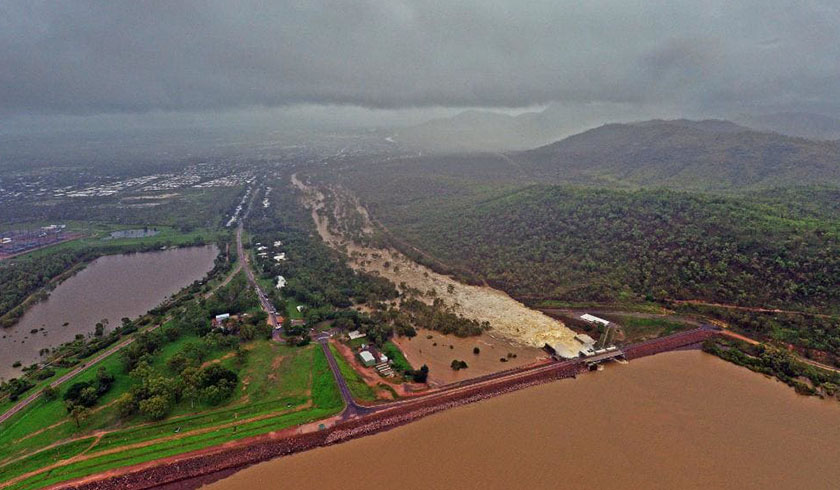Why different flood prone areas have higher insurance prices
The floods in Townsville, Queensland have damaged hundreds of properties, so it’s a good reminder of the importance of insuring your properties. Depending on the area, however, investors can see a difference of up to 80 per cent in the cost of insurance. Here’s why.

As of 14 February, more than 1,200 properties in northern Queensland have sustained moderate to severe damage due to the ongoing flooding, a spokesperson for Queensland Fire and Emergency Services explained to Smart Property Investment.
Properties that do suffer damage can be mitigated through the appropriate insurance, but the cost of this insurance can vary depending on the area and what protections are in place against floods, the Insurance Council of Australia’s Campbell Fuller said to Smart Property Investment.
“The physical barriers to prevent or reduce the impact of flood and that is one of the reasons flood prone communities do have high insurance premiums compared with communities that have in place mitigation such as flood levies or other forms of barriers,” Mr Fuller said.
As an example, Mr Fuller used the area of Roma in central western Queensland, which experienced a series of floods approximately four years ago.
“The cost to insurers was astronomical, especially compared with premiums that insurers had been receiving,” he said.
“Roma Council, in collaboration with state and federal government, embarked on a levy and on the completion of that levy, the most vulnerable properties in Roma saw an 80 per cent reduction in the cost of their insurance because the risk had been reduced to such an extent.”
Reading the fine print
“If you are buying a property in a flood prone area and you want flood cover, you need to look for an insurer that offers flood cover in that region,” Mr Fuller said.
“Each insurers policy is different and not all insurers will cover a landlord for flood damage, so the investor needs to shop around or talk to an insurance broker and seek the most appropriate product for their needs, bearing in mind that the cheapest may not actually be the most appropriate for their needs.”
Sharon Fox-Slater, managing director of RentCover reiterated that policy holders need to make sure that flood cover is specifically mentioned in the policy.
“While all insurers in Australia have used a standard definition for flood since 2012 (“the covering of normally dry land by water that has escaped or been released from the normal confines of: any lake, or any river, creek or other natural watercourse, whether or not altered or modified; or any reservoir, canal, or dam”), not all property insurance policies offer flood cover,” Ms Slater-Fox said to Smart Property Investment.
“Insurers treat flood in different ways in their policies, some have it as a compulsory component of a property policy, others have it as a standard inclusion but allow policyholders to ‘opt-out’ of flood cover, some will only cover up to very low defined values, while some insurers will not cover flood under any circumstances.”
“Policyholders should make sure they read their product disclosure statement fully to understand how their insurer defines events that lead to water damage, as while the definition of ‘flood’ may now be standard other definitions are not, such as what they cover for storms or rain events, and landlords could find themselves without cover.”
The benefits of good insurance
While flooding is less likely to destroy a property, there is the very real possibility of extensive water damage, Ms Fox-Slater said, with one flood-related case settled by RentCover totalling $41,000.
“Although there was a floodway at the base of the hill, the drainage couldn’t cope with the volume of water during heavy rain,” she explained.
“The floodway overflowed and the investment property located behind the hill bore the brunt of the mud, silt and water flowing through the house. The wall linings (up to about one metre), flooring, skirtings, doors etc. were all damaged.
“Not only was the policyholder able to claim for the repairs, the $41,000 payout included loss of rent. And it is cover for rental losses that is one of the major differences between a standard home and contents policy and a specialist landlord policy.”
Water-damaged property in particular can take a long time for property to become habitable again, with repairs and drying out taking time, and as a result, cut off any potential rental income during the time the property is uninhabitable.
“Comprehensive landlord insurance should provide cover for loss of rent for an extended period,” Ms Fox-Slater concluded.

